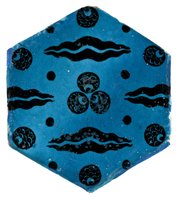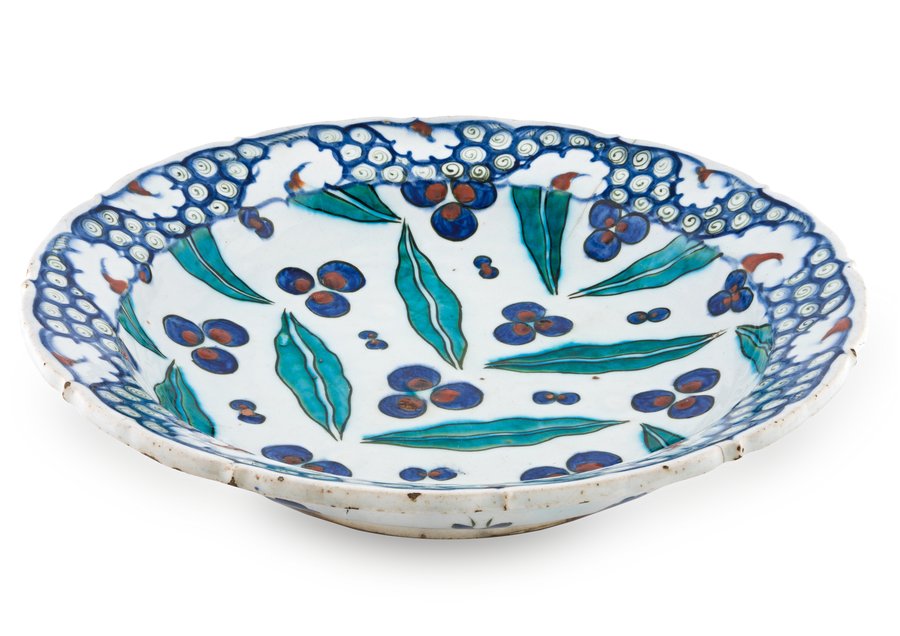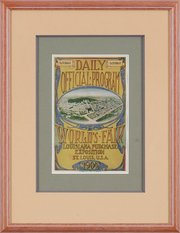
Iznik Dish
Museum of Islamic Art
- Title:
- Iznik Dish
- Production place:
- Iznik
- Date:
- 1580
- Period:
- Ottoman
- Title:
- Iznik Dish
- Production place:
- Iznik
- Date:
- 1580
- Period:
- Ottoman
- Material:
- Fritware, Pigment, Glaze
- Technique:
- Underglaze painting, Glazing
- Dimensions:
- 7.6 cm
- Diameter:
- 34.5 cm
Iznik pottery is named after the town of Iznik, in western Anatolia (modern day Turkey), where it was initially made. It started being produced during the reign of Ottoman Sultan Mehmed II (r. 854-886 AH/1451-81 CE), whose appreciation for fine blue and white Chinese Ming porcelains inspired him to start making similar ceramics; however, a century later Iznik production expanded and evolved to include polychrome dishes such as this one. The development of new colours, in particular red and green, marks this period as the height of Iznik production. The borders of this dish are slightly cusped and decorated with a stylized pattern of waves and rocks, both influenced by earlier 9th century AH/15th century CE Chinese Ming porcelain. The centre of the dish contains Çintamani motifs painted in blue and red, which are divided by paired wavy green lines set against a white background. Çintamani means ‘auspicious jewel’ in Sanskrit, and in Buddhist iconography the motif represented auspicious flaming pearls. However, in the Ottoman context, the circles and wavy stripes are associated with tiger stripes and leopard spots, a symbol of strength and courage.



